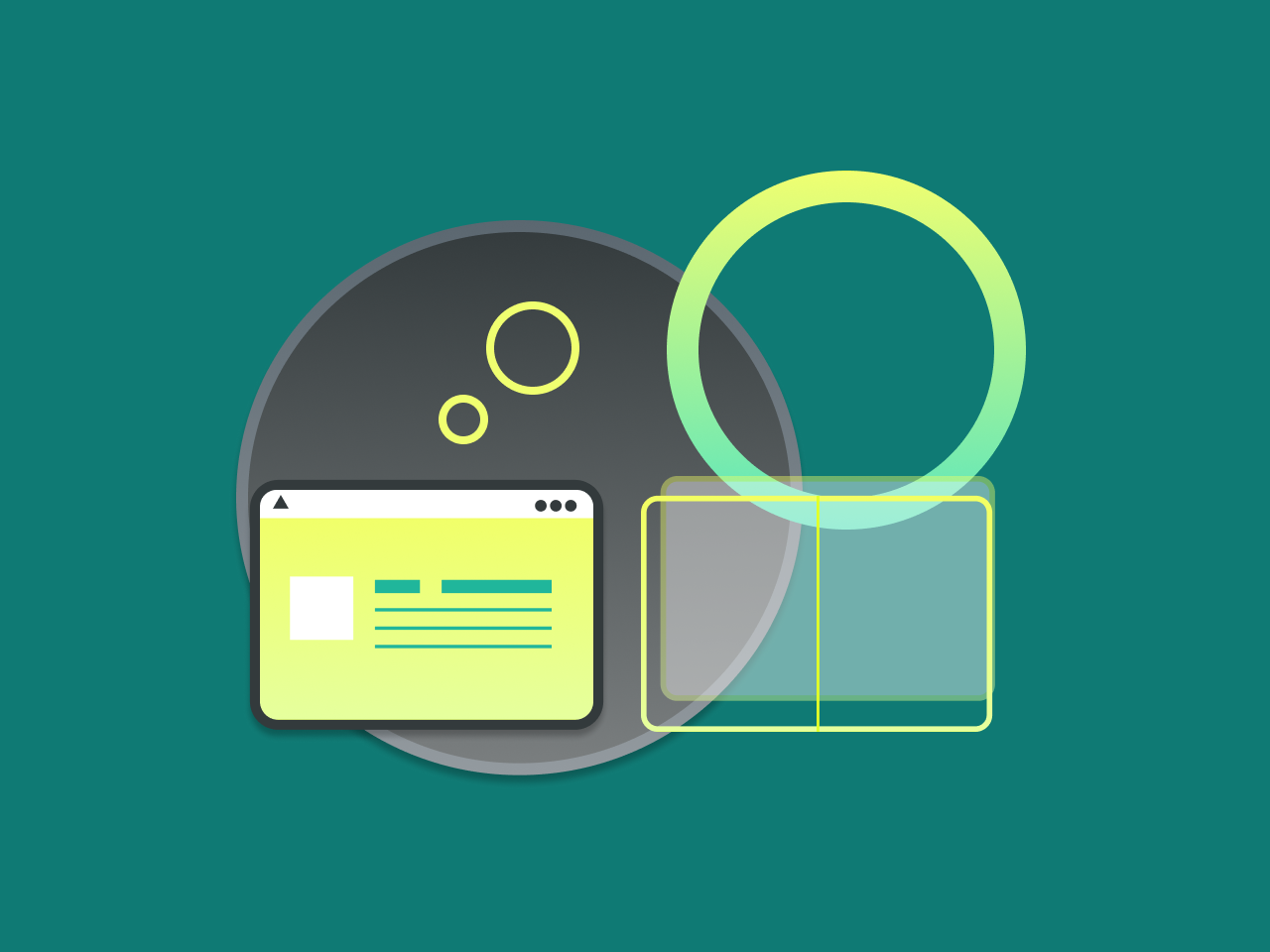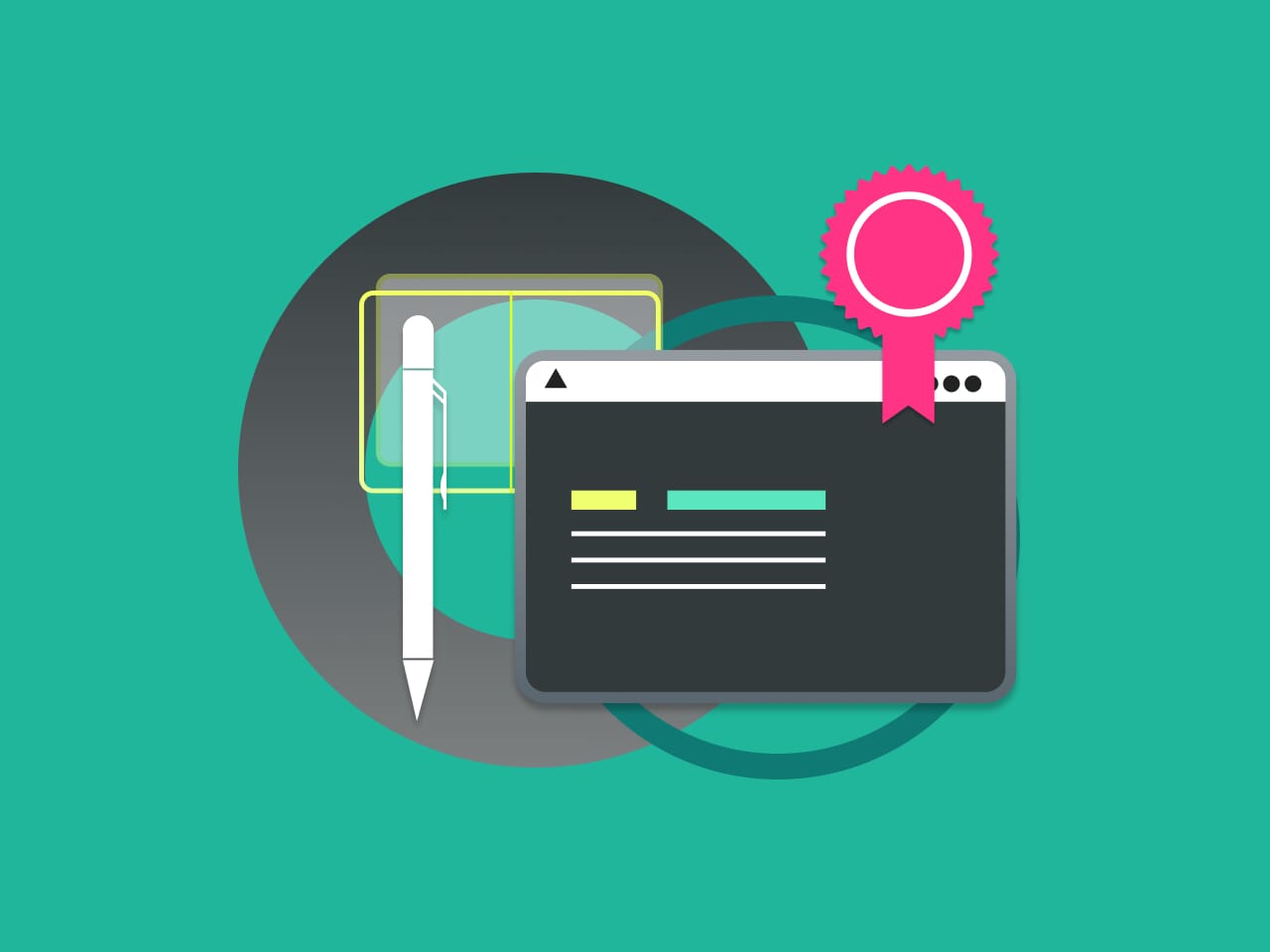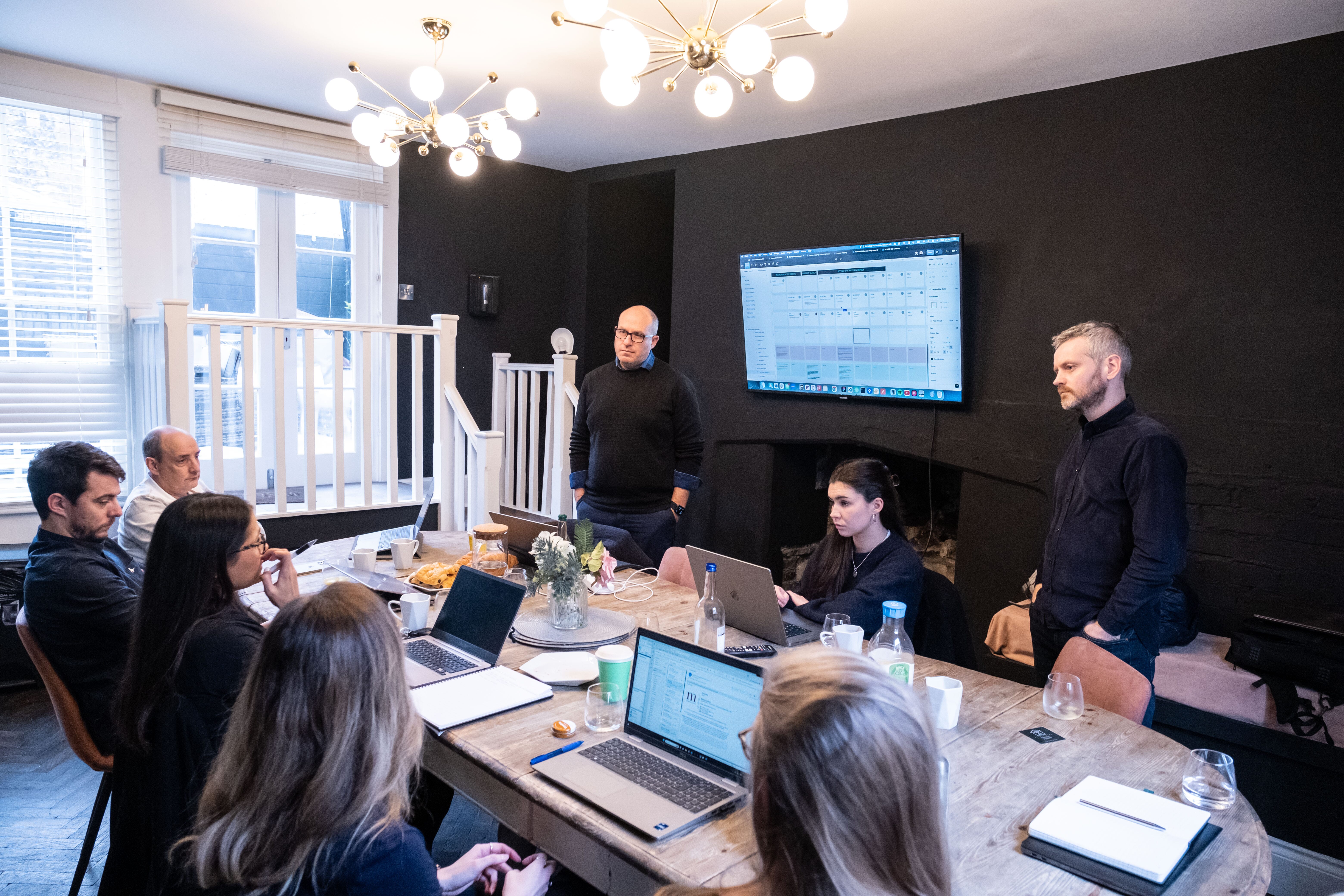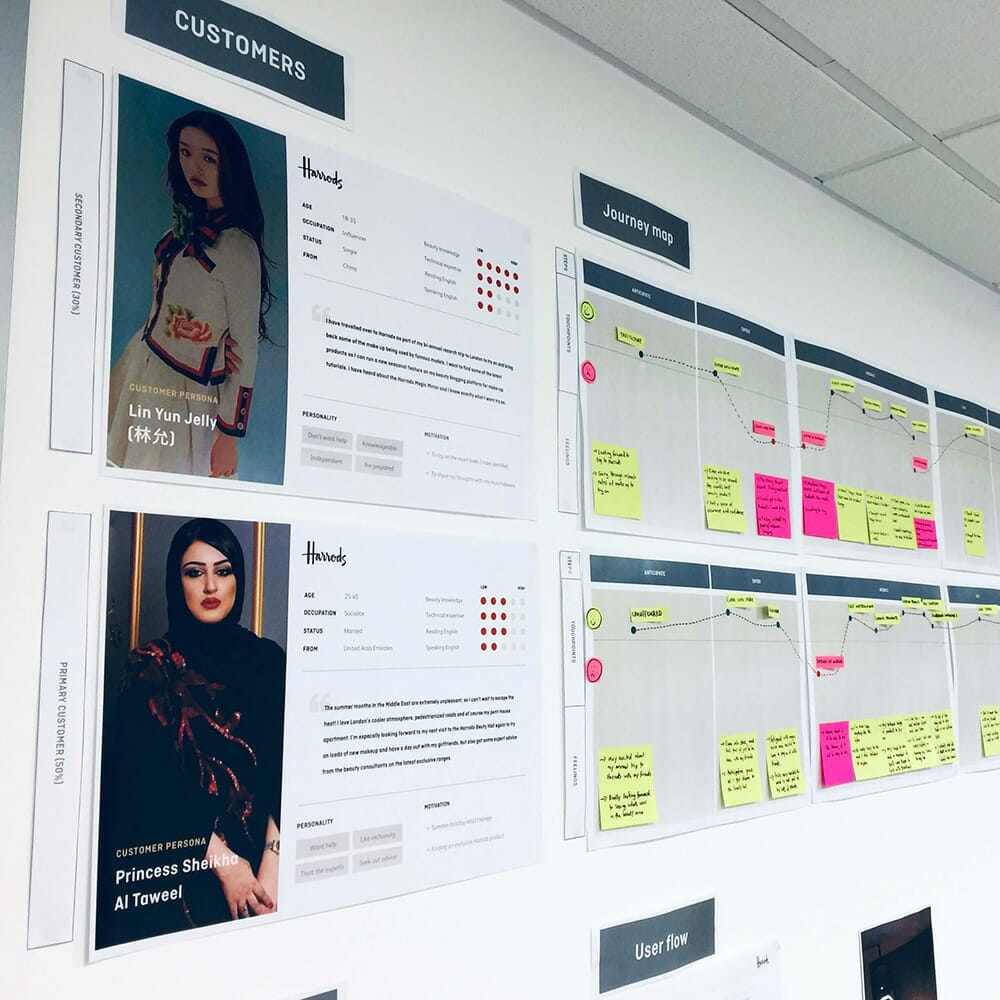Service blueprinting vs journey mapping in UX: What is a service blueprint?
A service blueprint is a tool that’s used to visualise the relationships between different service elements—both user-facing and those that operate behind the scenes. It maps out the processes, interactions, and customer touchpoints that occur during service delivery, offering a deeper understanding of how internal operations support the overall user experience.
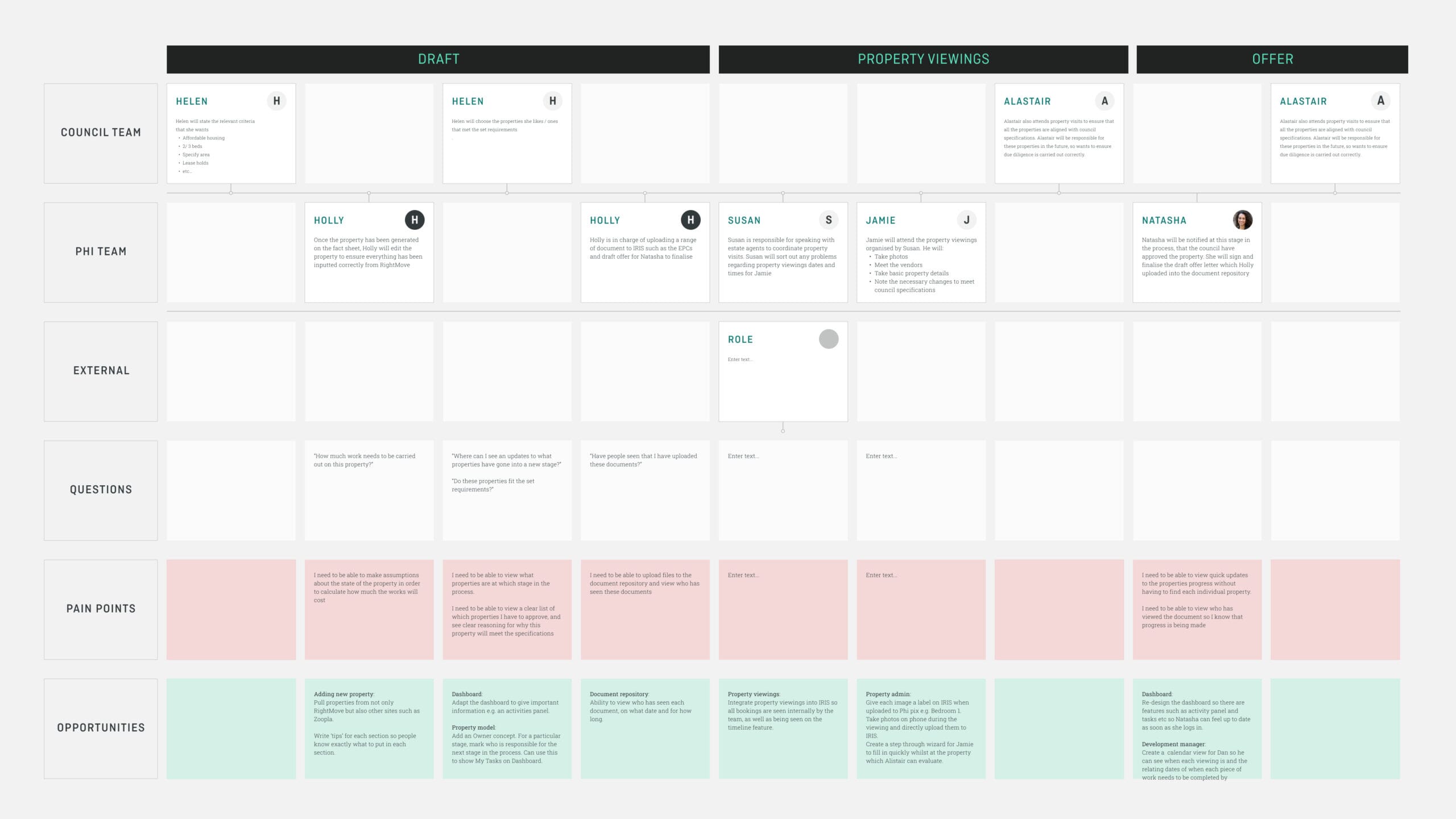
Key elements of a service blueprint
- Frontstage vs backstage actions: Visualising the distinction between what users see (frontstage) and the behind-the-scenes operations (backstage activities) that support the service.
- Processes: Detailing the steps involved in delivering a service, from start to finish.
- Actors: Identifying both customer-facing and internal roles that interact with the process.
- Support systems: Highlighting the technology and infrastructure that enable service delivery.
When should you use a service blueprint?
Service blueprints are particularly valuable when you need to understand the full scope of service delivery, including both user actions and the internal processes that enable them. They’re ideal for identifying inefficiencies, improving operational workflows, and ensuring that every part of the service contributes to a seamless user experience.
Service blueprinting vs journey mapping in UX: what is a journey map?
A journey map is a visual tool that outlines the steps a user takes when interacting with a product, service, or brand. It helps UX designers see the experience through the user’s eyes, from the first point of contact to the final outcome. By mapping these interactions, designers gain a clearer understanding of user needs, emotions, and pain points, which helps guide better design decisions. Ultimately, customer journey maps are essential for improving user experiences and ensuring that products or services align with user expectations.
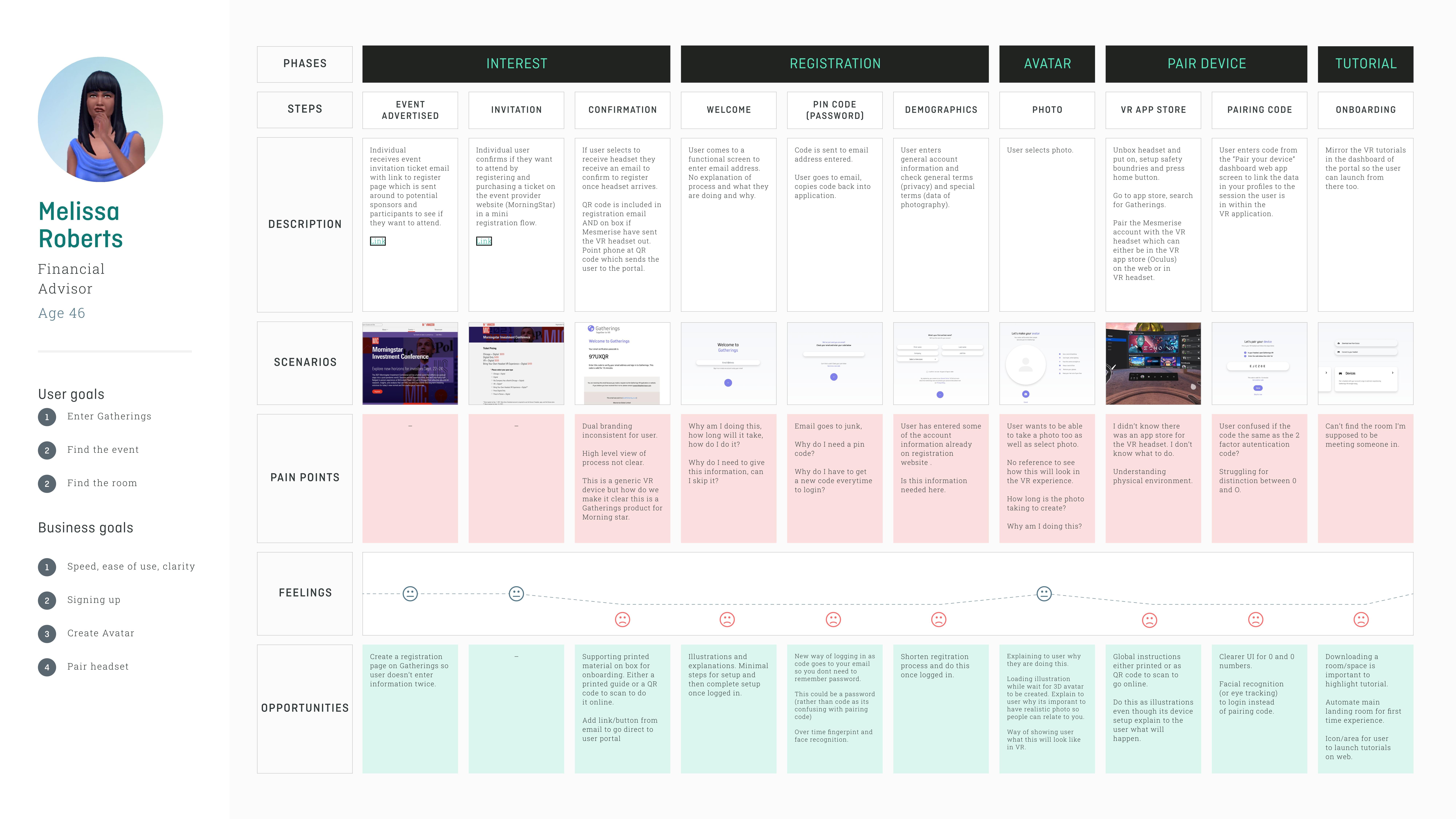
Key elements of a journey map
- Phases: The different stages a user goes through during their journey, such as becoming aware of a service, deciding to use it, and post-use follow-up.
- Touchpoints: Specific moments where the user interacts with the product or service, whether online, in-store, or through other means.
- Customer actions: The key steps the user takes at each stage, providing a clear picture of their behaviour and interactions.
- Emotions: Captures how the user feels at each point—whether they’re frustrated, satisfied, or confused—helping to highlight opportunities for improvement.
- Pain points: Identifying where users encounter difficulties or friction, allowing for targeted improvements to enhance the overall experience.
When should you use a journey map?
Journey maps are especially useful when you want to better understand how users feel throughout their experience. They’re most beneficial when your goal is to improve user satisfaction, as they can highlight both the positive and negative aspects of the journey. Whether you’re designing a new product, refining a service, or enhancing customer support, customer journey maps help identify where improvements can be made and provide a framework for creating a more seamless and enjoyable user experience.
Why use journey maps and service blueprints?
Improving customer experience
Both journey maps and service blueprints help identify user pain points and opportunities for improvement. By mapping out the entire user journey or service process, businesses can uncover areas where customers encounter friction and unnecessary cognitive load, enabling them to refine and enhance the experience to make it smoother and more intuitive.
Optimising internal processes
Service blueprints are especially useful for businesses aiming to improve operational efficiency. They expose inefficiencies or bottlenecks in internal workflows and highlight opportunities to optimise these processes. This makes service delivery faster, more efficient, and aligned with customer expectations. They are an essential tool in any comprehensive service design strategy.
Driving data-backed decisions
These tools provide a clear, visual representation of customer behaviour and service performance, enabling teams to make informed, data-driven decisions. By relying on research and customer insights, both qualitative and quantitative, businesses can be confident that the changes they implement are grounded in real user needs.
Enhancing cross-channel consistency
User journey maps and service blueprints help ensure consistency across different touchpoints, whether it’s a website, app, or physical service. By visualising the customer experience across various platforms, businesses can maintain a unified brand experience and prevent any gaps in service that could frustrate users.
Journey maps vs service blueprints: key differences
Focus and perspective
The primary difference between customer journey maps and service blueprints lies in their focus. Journey maps are centred on the user’s perspective, highlighting their emotions, user actions, and touchpoints throughout their interaction with a product or service. In contrast, service blueprints extend beyond the user’s view, offering a broader perspective that also includes organisational processes. This dual focus helps businesses understand not only what the user experiences but also the internal operations that support those experiences.
Scope and depth
Journey maps tend to focus on specific touchpoints and emotional experiences, providing a detailed view of how users engage with a service at various stages. They often hone in on the surface-level interactions that affect user satisfaction. Service blueprints, on the other hand, delve deeper into the internal mechanics of service delivery, covering the full spectrum of frontstage (customer-facing) and backstage (behind-the-scenes) processes. This end-to-end view allows organisations to optimise both the customer experience and their internal workflows.
Use cases
Journey maps are particularly useful when the goal is to improve the customer-facing experience. They are ideal for identifying areas where users may encounter friction or confusion and for making targeted enhancements to the user journey. Service blueprints, however, are better suited for situations where internal processes are just as important as customer interactions. These are often used in service industries or complex operational environments, where understanding both the customer journey and the organisational support behind it is key to delivering a seamless experience.
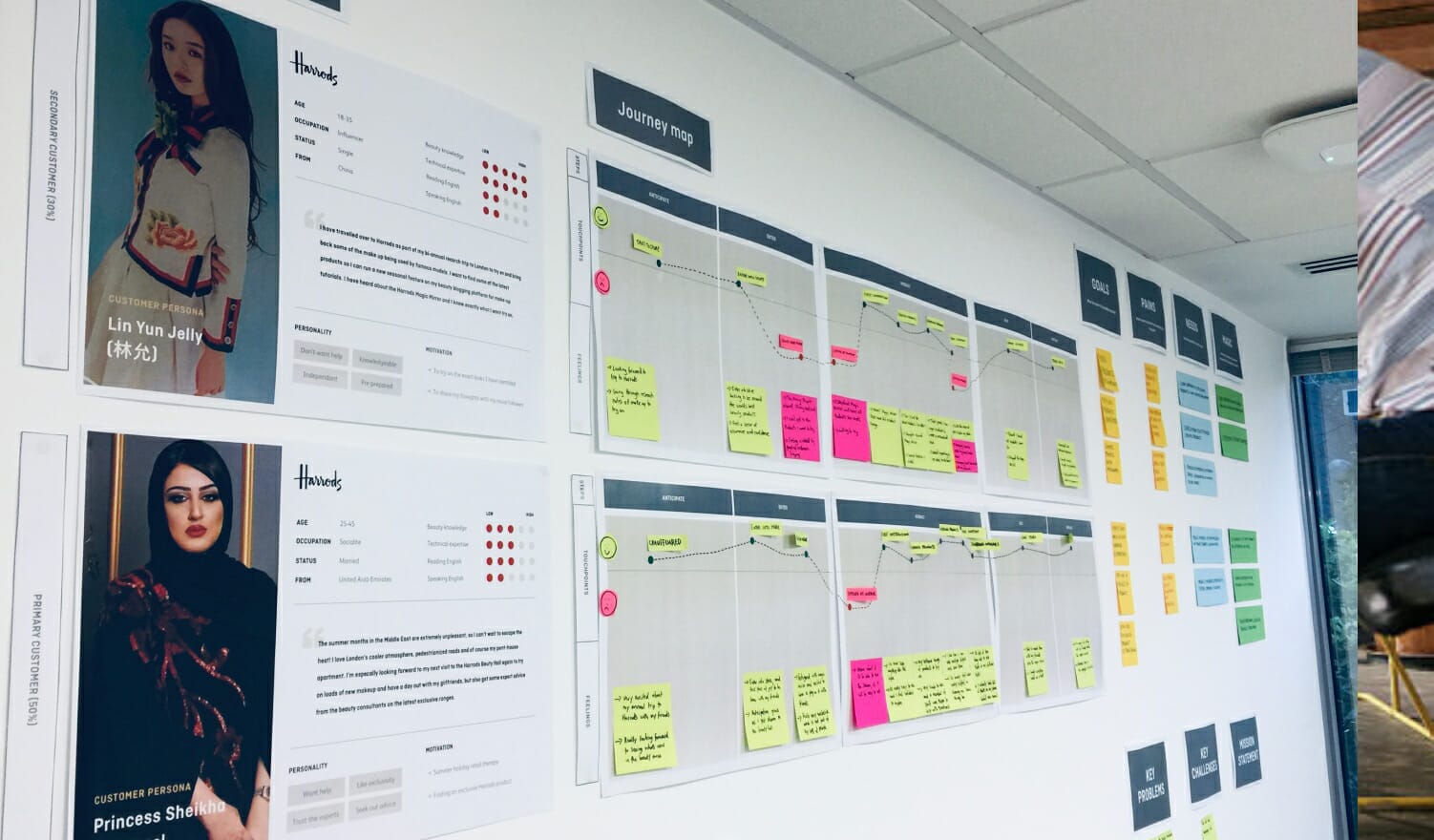
Tools and software for creating journey maps and service blueprints
Best software for journey mapping
- Smaply: A specialised tool for customer journey mapping with built-in templates that make it easy to visualise user journeys, capturing touchpoints, emotions, and pain points.
- UXPressia: A journey mapping platform that provides detailed user journey visualisation, persona creation, and stakeholder mapping, helping teams get a clear view of user experiences.
- Miro: A collaborative whiteboard tool that allows teams to create, share, and iterate on user journey maps in real time, perfect for remote teams and workshops.
Best tools for service blueprinting
- Lucidchart: A versatile diagramming tool that offers a wide range of templates for creating detailed service blueprints, making it ideal for visualising complex processes.
- Microsoft Visio: A powerful diagramming tool that helps in creating comprehensive service blueprints, with robust features for mapping organisational structures and processes.
Common mistakes to avoid
Mistakes with journey maps
- Lack of detail: Skipping key touchpoints can result in an incomplete view of the user’s experience.
- Focusing on one phase: Overemphasising a single stage of the journey can skew insights and leave gaps in understanding.
- Ignoring emotions: Not factoring in the emotional journey means missing out on critical user pain points or moments of delight.
- Overcomplicating the map: Trying to include too much information can clutter the journey map, making it less actionable.
Mistakes with service blueprints
- Ignoring backstage processes: Failing to map internal operations leads to an incomplete blueprint of service delivery.
- Overcomplicating the blueprint: Including excessive detail can make the blueprint difficult to interpret or use effectively.
- Not engaging key stakeholders: Omitting input from departments like customer service or operations can lead to inaccurate or incomplete blueprints.
- Misaligning frontstage and backstage: If there’s no clear connection between what users see and what happens behind the scenes, the blueprint becomes less useful.
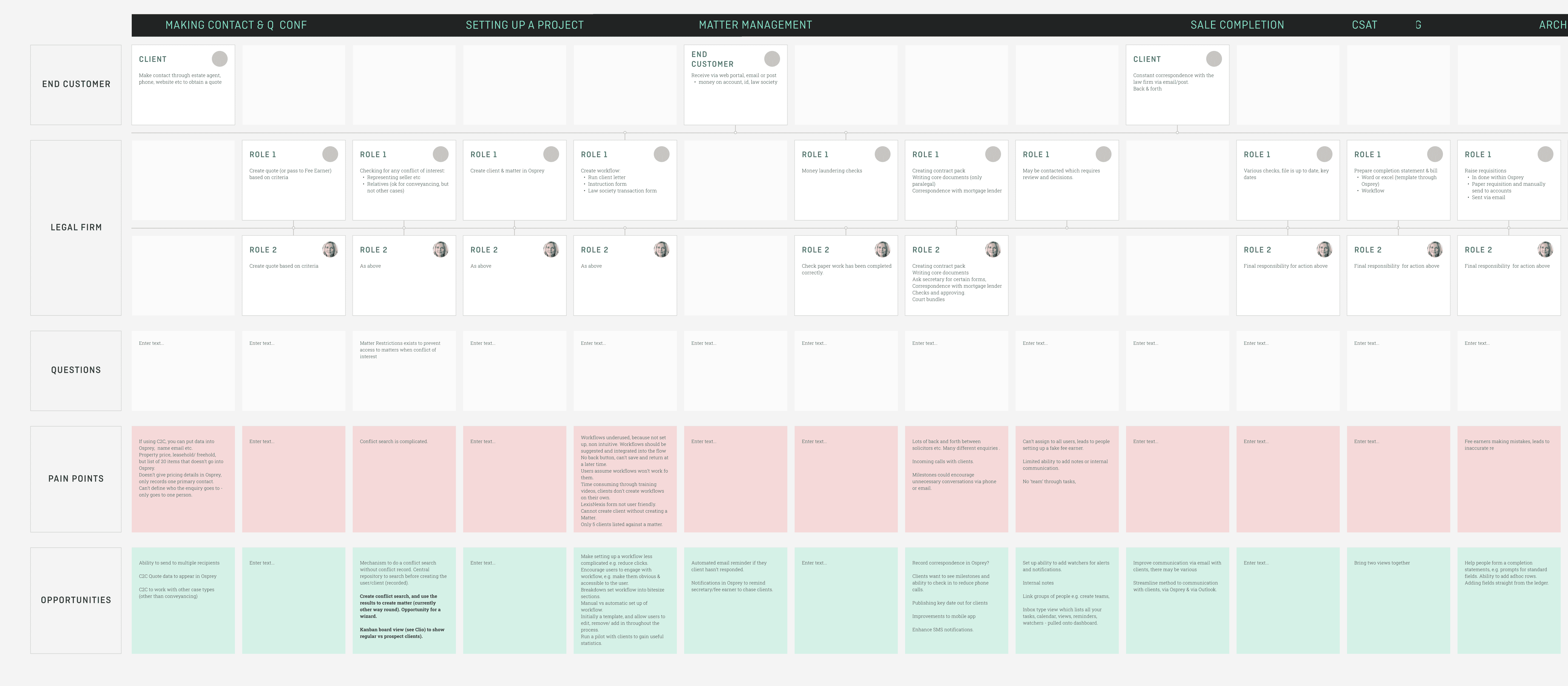
Best practices for creating journey maps and service blueprints
Journey map best practices
- Keep It simple: Focus on clarity and conciseness to make the journey map easy to understand and actionable.
- Focus on emotions: Capture user emotions at each touchpoint to identify pain points and moments of delight.
- Involve stakeholders: Collaborate with team members from different departments to gather diverse insights and create a comprehensive view.
- Regularly update: Keep the journey map current by revisiting and revising it based on user feedback and changing business needs.
Service blueprint best practices
- Ensure clarity between frontstage and backstage: Clearly differentiate user interactions from internal processes to avoid confusion.
- Involve key stakeholders: Engage individuals from various teams to ensure all relevant perspectives are captured, especially those from customer-facing roles.
- Define processes clearly: Be specific about each step in the process to prevent misunderstandings and enhance usability.
- Visual consistency: Use consistent symbols and notation to make the blueprint easy to read and interpret across different teams.
Final thoughts
Journey maps and service blueprints are essential tools in UX design, each offering unique insights into user experiences and internal processes. By leveraging their strengths and knowing when to use them, businesses can enhance collaboration, drive informed decisions, and ultimately improve customer satisfaction throughout the entire experience. Embracing these methodologies leads to more efficient operations and sustainable success in today’s competitive landscape.
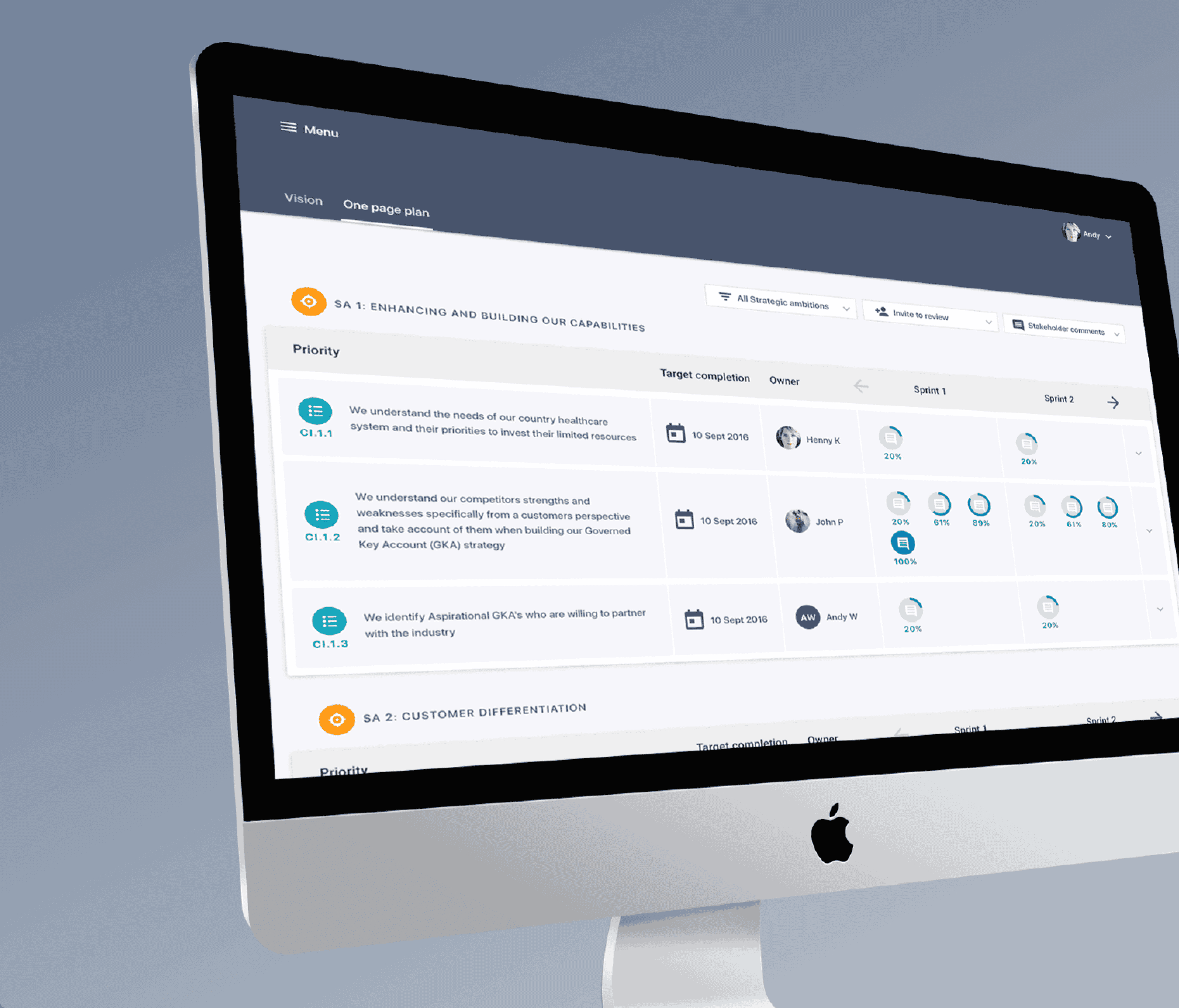
Find out more
If you need support with journey mapping or service blueprinting for any of your projects, please do not hesitate to reach out.
Alternatively, take a look at our services page to learn more about journey mapping and our process.


